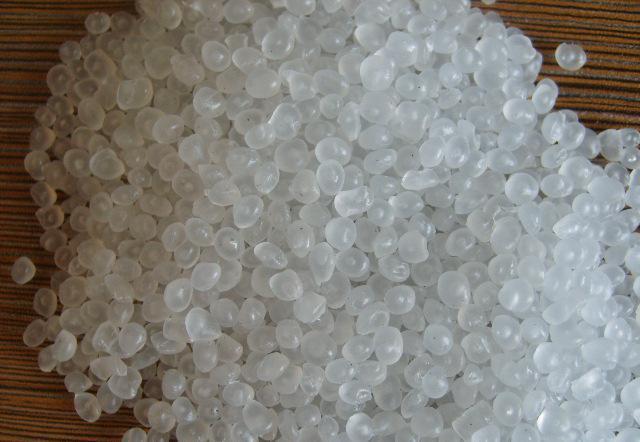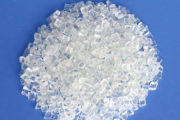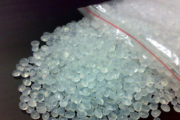
High-density polyethylene (HDPE) is an odorless, tasteless, and nontoxic polymer that makes it suitable for food contact applications. HDPE has greater tensile strength, heat distortion temperature, viscosity, and chemical resistance than LDPE, but has a lower impact strength.
Typical Applications
– containers in refrigeration units
– storage vessels
– household goods (kitchenware)
– seal caps
– PET bottle bases
– blow-molding (packaging applications)
Plastic HDPE Injection Molding Processing conditions
| Conditions Name | Value |
|---|---|
| Drying | Not normally necessary if stored properly. |
| Melt Temperature | 180°C–280°C [356°F–536°F]; 200°C–250°C [392°F–482°F] for high molecular weight grades. |
| Mold Temperature | 20°C–95°C [68°F–194°F]; The higher temperatures are for wall thickness of up to 6 mm; Lower temperature for wall thicknesses greater than 6 mm. |
| Material Injection Pressure | 70 MPa–105 MPa |
| Injection Speed | High injection velocity is recommended; Profile injection velocity can be used to reduce warpage in the case of components with a large surface area. |
Runners and Gates for HDPE Injection Mold
Diameters of runners range from 4 mm–7.5 mm (typically 6 mm). Runner lengths should be as short as possible. All types of gates can be used. Gate lands should not exceed 0.75 mm in length. Ideally suited for hot runner molds; an insulated hot tip runner is preferred when there are frequent color changes.
Chemical and Physical Properties
HDPE is produced from the polymerization of ethylene; lower temperature and pressure conditions are used compared to the production of low-density polyethylene. The material is free from branching and this is made possible by the use of stereospecific catalysts. Because of molecular regularity, HDPE has a high level of crystallinity compared to LDPE.
Higher levels of crystallinity contribute to higher density, tensile strength, heat distortion temperature, viscosity, and chemical resistance. HDPE is more resistant to permeability than LDPE. The impact strength is lower. The properties of HDPE are controlled by the density and molecular weight distributions. Injection molding grades typically have a narrow molecular weight distribution.
When the density is 0.91 g/cm⊃3;–0.925 g/cm⊃3;, the material is known as Type 1; Type 2 materials have densities in the range of 0.926 g/cm⊃3;–0.94 g/cm⊃3;, and Type 3 materials have densities in the range of 0.94 g/cm⊃3;–0.965 g/cm⊃3;.
The material flows easily and the melt mass-flow rate (MFR) ranges from 0.1–28. Higher molecular weights (lower MFR grades) have better impact resistance.
Being a semicrystalline material, the molding shrinkage is high (order of 0.015 mm/mm–0.04 mm/mm [1.5%–4%]). This depends on the degree of orientation and the level of crystallinity in the part, which in turn depends on processing conditions and part design.
PE is susceptible to environmental stress cracking, which can be minimized by proper design and by using the lowest MFR material at a particular density level. HDPE is soluble in hydrocarbons at temperatures greater than 60°C, but resistance to these materials is greater than that for LDPE.









